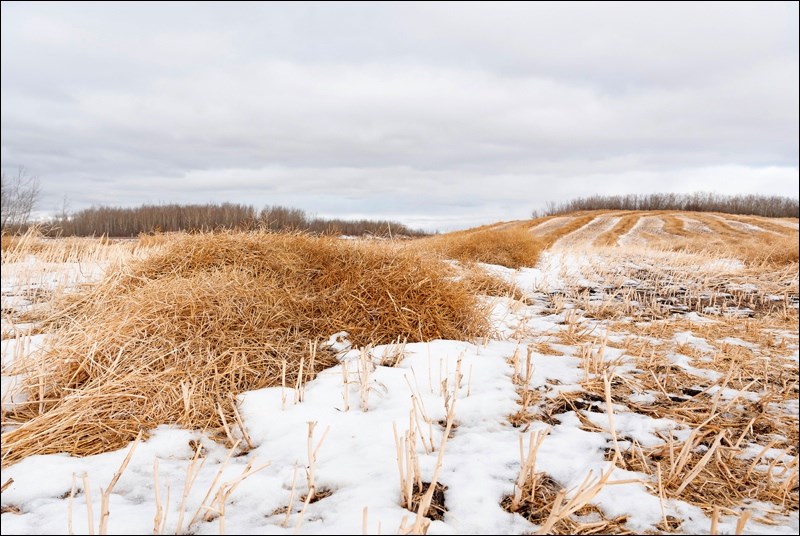Saskatchewan Agriculture – Despite the challenging and difficult harvest, Saskatchewan producers now have 93 per cent of the crop combined. Harvest operations may continue in parts of the province as weather and field conditions permit. Producers are hopeful that much of the remaining crop will be able to be taken off prior to winter, although there are indications that some of the crop will likely be left out until the spring.
Cool and wet conditions have halted most harvest operations in the province for a number of weeks. Any crop harvested now is being taken tough or damp. Aeration and drying operations continue on many farms as they have for most of harvest.
The east-central region has the most crop remaining in the field with 83 per cent combined. The southeast and northwest regions have 94 per cent of the crop combined; the southwest and west-central regions 97 per cent; and, the northeast region has 98 per cent combined.
Crop yields vary greatly across the province, mainly due to the extremely dry conditions this spring and summer as well as moisture received throughout the growing season. Many areas have reported average to above average yields. Yields for hard red spring wheat are reported as 45 bushels per acre, durum as 39 bushels per acre, oats as 88 bushels per acre, barley as 66 bushels per acre, canola as 38 bushels per acre, peas as 38 bushels per acre and lentils 1,392 pounds per acre.
Quality is below average for almost all crops due to varying factors such as sprouting, staining and bleaching. Crops harvested early on fared better for quality. Average hay yields on dry land are reported as 1.2 tons per acre (alfalfa), 1.2 tons per acre (alfalfa/brome), 1.1 tons per acre (other tame hay), 0.8 tons per acre (wild hay) and 1.9 tons per acre (greenfeed). On irrigated land, the estimated average hay yields are 3.5 tons per acre (alfalfa), two tons per acre (alfalfa/brome) and 3.5 tons per acre (greenfeed). Hay quality going into winter is rated as one per cent excellent, 58 per cent good, 40 per cent fair and one per cent poor.
Cattle producers have indicated that they have adequate winter feed supplies. The number of acres seeded into winter cereals is decreased due to the late harvest delaying fall seeding operations in much of the province.
Cropland topsoil moisture conditions are rated as 15 per cent surplus, 80 per cent adequate, four per cent short and one per cent very short. Hay land and pasture topsoil moisture conditions are rated as 10 per cent surplus, 80 per cent adequate, nine per cent short and one per cent very short.
Farmers are busy trying to complete harvest, drying grain, completing fall work and hauling grain.
The Farm Stress Line is available to support producers who may be struggling due to the difficult harvest. Producers can call the Farm Stress Line at 1-800-667-4442 at any time.



